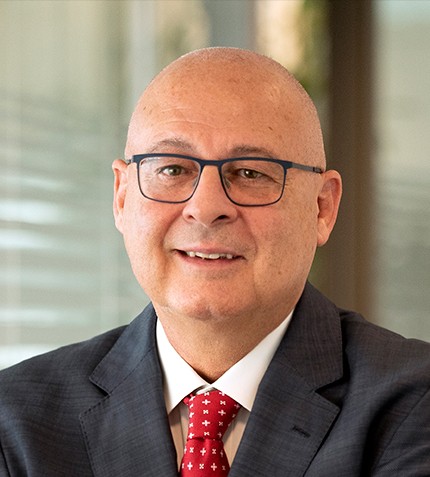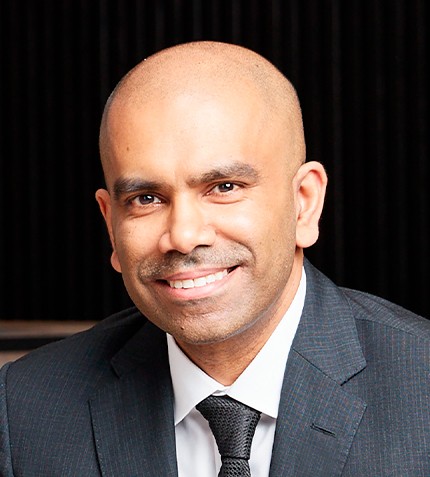
"Colombia has great potential for increasing exports in the chemical sector as we have competitiveness in terms of inputs and raw materials."
Daniel Mitchell
PRESIDENT, ACOPLÁSTICOS
How would you evaluate the last year for Colombia’s chemicals and petrochemicals sectors?
Growth rates were high compared to 2020. Basic chemicals saw 1.5% growth in 2020, but 27.7% growth in 2021. The other chemical products market grew by 14.5% in 2021, with plastic products seeing an increase of 21.8% in that same year. We continue to get good signals from the market. 2022 has also been positive with high first semester growth rates above 15% for plastic and for other chemicals products.
Which macro factors are stimulating a rise in Colombian exports, and what potential do you see here?
Colombia has great potential for increasing exports in the chemical sector as we have competitiveness in terms of inputs and raw materials. Also, the Colombian peso is currently a devaluated currency, which opens an oppprtunity for local companies to increase exports to new markets, in addition to our traditional trading partners such as Brazil, Mexico and the US.
In 2021, plastics raw materials exports increased from US$840 million to US$1.4 billion, basic chemical substances from US$230 million to US$300 million, other chemicals such as fertilizers from US$370 million to US$440 million, soaps and detergents from US$550 million to US$618 million, and plastics products from US$480 million to US$624 million.
To what extent could the election of Gustavo Petro impact the country’s business climate for chemicals?
The new government took over on August 7, 2022, so it is early to say what the outcomes will be. There are currently discussions about a tax reform, as the government, from their analysis, requires approximately 25 trillion Colombian Pesos – approximately US$6 billion dollars. This is an extremely large amount and will impact many businesses, depending on how the tax reform is rolled out.
The climate for investment is concerning, as companies are holding off on capital expenditure to expand capacity or product portfolios before first seeing what happens with the new government and the tax reform.
What were the main themes of the ColombiaPlast conference?
We had a great commercial exhibition – machinery, molds, raw materials, services, equipment – with everything related to the plastics industries, including an area for 3D printing and one for startups in the recycling and circular economy sectors. Sustainability, the environment, and the advances of industry 4.0 were key themes.
In collaboration with APLA, we organized a sustainability-focused event for the chemical and plastics sectors, focusing on how we can develop the recycling markets to transition into an integrated circular economy.
How is Acoplásticos working to stimulate a circular economy?
In June 2022, Colombian Congress passed the single-use plastics act to provide a framework for how the industry must comply with the regulation in terms of new materials for products such as straws and plastic bags, and promotes the development of more sustainable reusable plastic products. For packaging – a big portion of plastic waste – we have specific goals within the extended producer responsibility framework.
Acoplásticos is focused on five aspects in our efforts to promote sustainability and a circular economy. Firstly, we want to promote eco design, which leads to better characteristics in terms of recyclability of products. Secondly, we focus on consumer awareness – communications campaigns, school programs, and clean-up initiatives to generate greater awareness. The third revolves around regulation, especially in a waste management system that is currently based on landfills, but must transition to a system based on recycling. The fourth pillar is creating dynamic recycling markets – working closely with entrepreneurs and companies, promoting investments, businesses, crowd funding initiatives with the Colombian stock market, financing rounds, and networking within the sector to promote the use of recycled materials. Lastly, one of the key issues we have in Latin America is a lack of information about the recycling markets as they are usually informal. We do studies on how prices evolve, supply and demand, key players in the market, and how the sector is growing, and then publish all this information.










